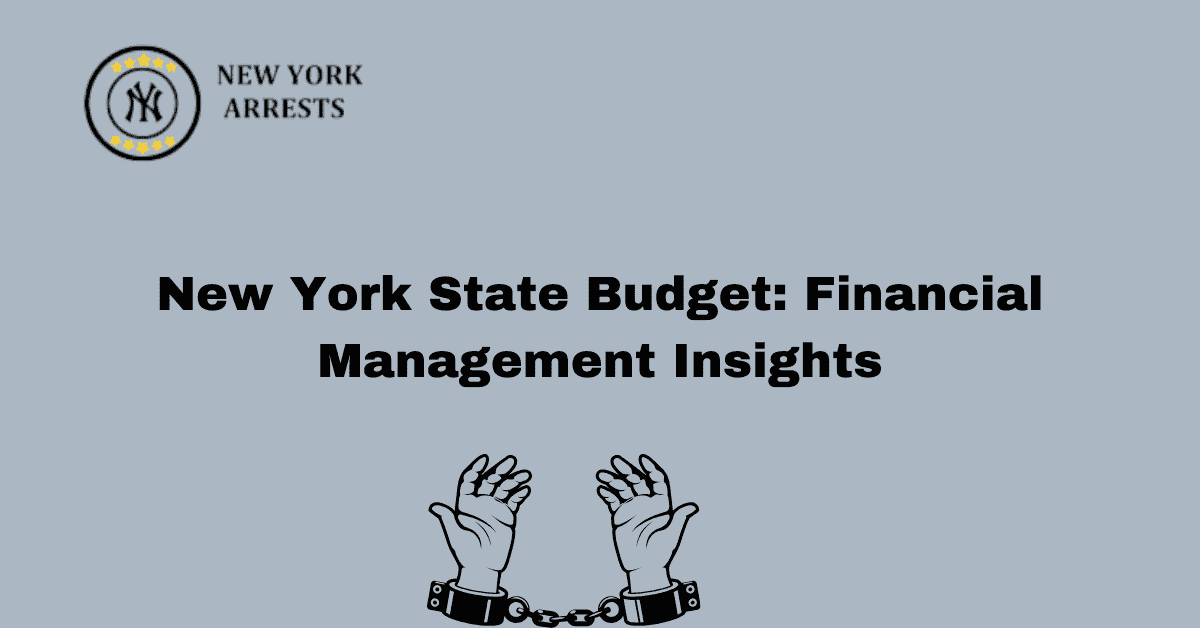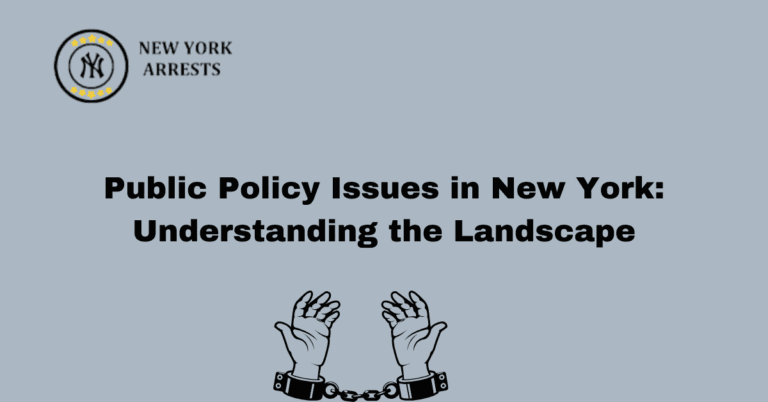New York State Budget: Financial Management Insights
The New York State budget holds significant importance as it dictates the allocation of resources across various sectors, influencing the lives of millions of residents. Dating back to its inception, the state’s budgeting process has evolved to address the dynamic needs of its population.
Importance of Financial Management
Effective financial management is paramount in ensuring the smooth operation of the state’s budget. Every financial decision impacts infrastructure, education, healthcare, and other vital sectors. Thus, prudent management is essential for maintaining fiscal stability and promoting economic growth.
Key Components of the New York State Budget
The budget comprises various components, including revenue streams from taxes, federal aid, and other sources, as well as expenditures on education, healthcare, public safety, and infrastructure. Each component plays a crucial role in shaping the state’s financial landscape.
Challenges in Budgeting
Despite its significance, budgeting poses several challenges, such as revenue volatility, unfunded mandates, and competing interests. External factors like economic downturns or natural disasters further complicate the process, requiring adaptive strategies to navigate.
Budget Allocation and Priorities
Allocation of funds reflects the state’s priorities, with investments in education, healthcare, and infrastructure taking precedence. These allocations aim to address societal needs while fostering economic development and social equity.
Transparency and Accountability
Transparency and accountability are fundamental principles guiding budget management. Through open dialogue and accessible information, stakeholders can scrutinize budgetary decisions, ensuring they align with public interests and values.
Impact on Economy and Society
The budget’s impact extends beyond fiscal figures, influencing economic prosperity and societal well-being. Investments in infrastructure spur job creation, while funding for social programs enhances quality of life for residents across the state.
Innovations in Financial Management
Innovative approaches, such as data analytics and performance-based budgeting, enhance efficiency and effectiveness in financial management. By leveraging technology and best practices, New York aims to optimize resource utilization and achieve greater outcomes.
Public Participation and Engagement
Engaging the public in the budgeting process fosters transparency and inclusivity. Platforms for citizen input empower communities to voice their concerns and priorities, shaping budgetary decisions that reflect diverse needs and perspectives.
Future Outlook and Challenges
Looking ahead, New York faces evolving fiscal challenges, including pension liabilities and healthcare costs. Addressing these challenges requires proactive planning and collaboration among policymakers, stakeholders, and the public.
Comparison with Other States
Comparative analysis provides valuable insights into New York’s budgetary performance relative to other states. By benchmarking against peers, policymakers can identify areas of improvement and implement best practices to enhance fiscal management.
Legislative Process and Budget Approval
The budget undergoes a rigorous legislative process, involving negotiation and compromise among state officials. Ultimately, the governor’s approval and legislative consensus are necessary to enact the budget into law.
Budgetary Surplus or Deficit
Recent years have seen fluctuations in budgetary surplus or deficit, influenced by economic conditions and policy decisions. While surpluses offer opportunities for investment and savings, deficits necessitate prudent fiscal measures to ensure long-term stability.
Fiscal Responsibility and Sustainability
Maintaining fiscal responsibility is essential for safeguarding New York’s economic future. By adopting sustainable budgeting practices and adhering to prudent fiscal policies, the state can mitigate risks and promote long-term prosperity for all residents.
FAQs
What is the New York State Budget?
The New York State Budget refers to the financial plan of the state government of New York that outlines the spending and revenue for a specific fiscal year. It provides a comprehensive overview of how the state manages its finances to meet the needs of its residents.
How is the New York State Budget created?
The New York State Budget is created through a collaborative process involving the Governor, State Legislature, and various state agencies. It starts with the Governor presenting a budget proposal, which is then reviewed, amended, and approved by the State Legislature before it becomes law.
What are the key components of the New York State Budget?
The key components of the New York State Budget include revenue projections, expenditure allocations, funding for education, healthcare, infrastructure, public safety, social services, and various other programs and services. It also includes provisions for debt management, reserves, and economic development initiatives.
How does the New York State Budget impact residents?
The New York State Budget has a direct impact on residents as it determines the availability and allocation of resources for essential services. It affects areas such as education, healthcare, transportation, and public safety, influencing the quality of life for individuals and communities throughout the state.
What is the role of financial management in the New York State Budget?
Financial management plays a crucial role in the New York State Budget by ensuring effective and efficient use of resources. It involves monitoring revenue and expenditure, identifying potential risks and opportunities, implementing financial controls, and providing transparency and accountability in the budgeting process.
How can individuals stay informed about the New York State Budget?
Individuals can stay informed about the New York State Budget by accessing official government websites, attending public hearings and meetings, following news updates from reliable sources, engaging with local representatives, and participating in community discussions on budget-related matters.







